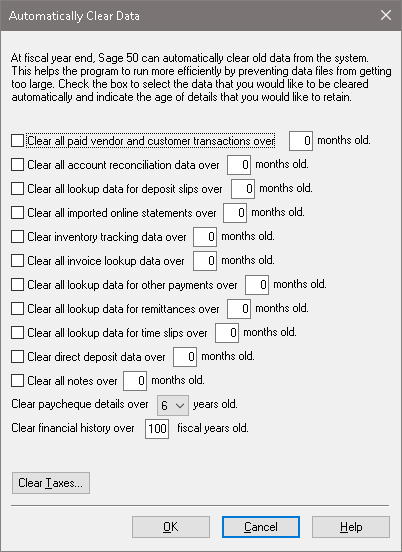Sage 50 Pro, new user
I created a Payment (from the Suppliers screen > Payments > Pay Expenses) with an incorrect Cheque number. Now, I can't seem to find a way to adjust this transaction like I can do with a General Ledger entry. If I open the transaction from the All Transactions report (or from any source), the Payments window displays but there are no menu items or icons that permit me to make any kind of change (greyed out or otherwise).
The Help pages (Adjust a Transaction) suggest that there should be an "Adjust" function available from the transaction menu (which I assume is a generic name for a menu that depends on what type of transaction you're viewing).
Is there a way to correct this entry?


